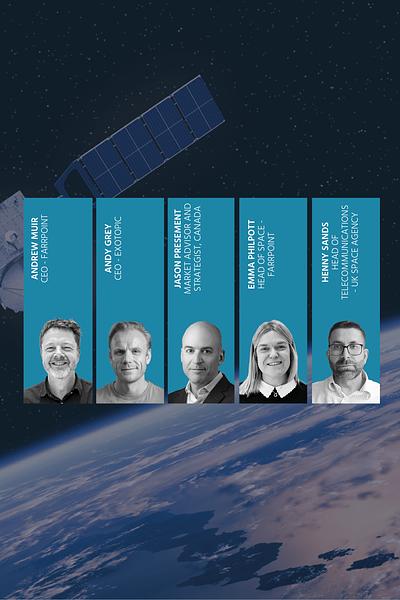

FarrPoint can help you navigate the evolving satellite industry. Visit our Satellite Services page to learn more.
Watch all previous webinars on a variety of topics and to hear about any upcoming webinars visit our Webinar Library
Connectivity is important. It drives business and society, bringing communities and commerce together. That's why we use our insight and experience to connect people and business.